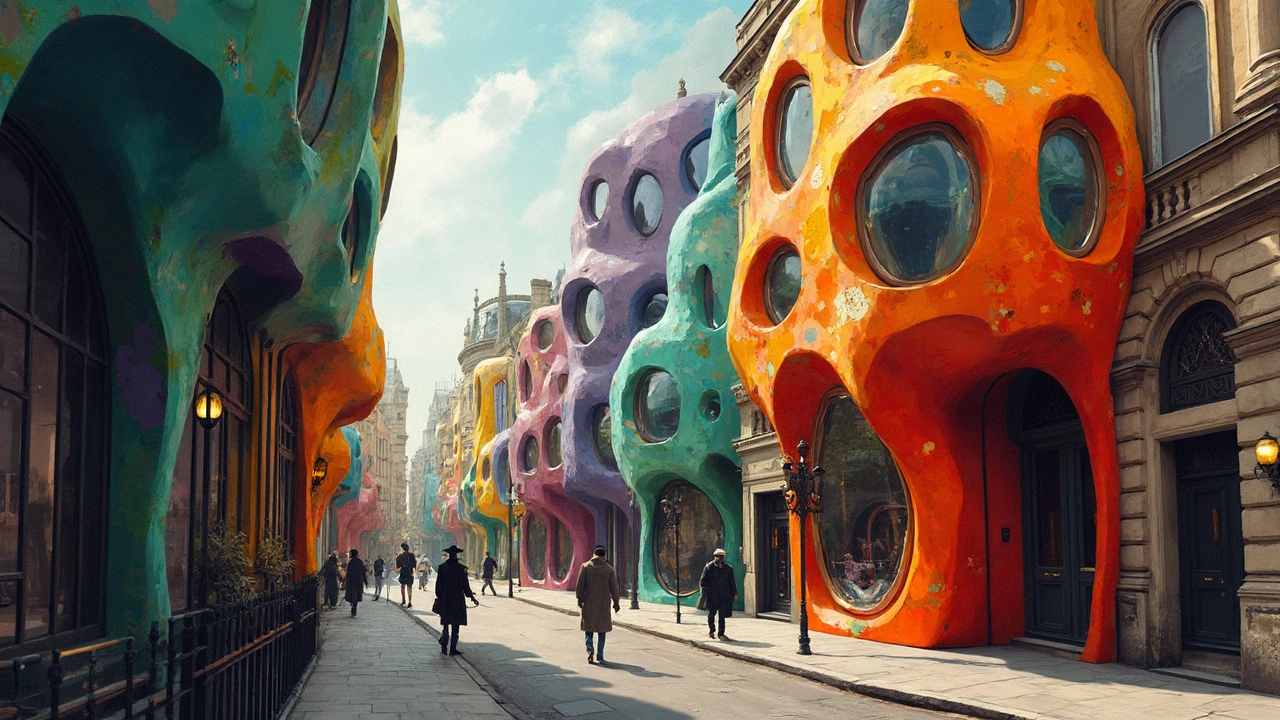Unique buildings: how to spot and enjoy remarkable architecture
One bold design choice—like a sweeping dome or an odd roofline—can turn a plain structure into a landmark people remember for centuries. If you love architecture, this tag brings together guides on Roman domes, Gothic spires, Art Nouveau curves, and many more styles that make buildings truly unique.
What makes a building unique? Look for four clear things: shape, material, function, and story. Shape covers roof types, arches, and unusual silhouettes. Material means local stone, decorative mosaics, or early concrete. Function can be strange—like a palace that became a courthouse—and that change often adds character. The story ties it all together: who built it, why, and how people used it over time.
Practical tips for spotting unique features
When you visit, focus your attention. Start with the entry: doors, columns, and window shapes tell you a lot fast. Check the roof and cornices from across the street—those lines define the building’s personality. Walk around to see how it sits in its neighborhood; context often explains design choices. Carry a small notebook or use your phone to snap detail shots—close-ups of tiles, capitals, or reliefs reveal design choices you’ll forget otherwise.
If you’re photographing, use early morning or late afternoon light to bring out textures. Try low angles to emphasize height or wide shots to show how the building relates to the street. Respect private property and avoiding blocking sidewalks keeps the experience smooth for everyone.
Where to learn more on this site
This tag links to articles that break down styles and examples. Want engineering brilliance? Read the pieces on Ancient Roman architecture and hidden Roman gems. Curious about detailed ornament and drama? Check Gothic Revival and Baroque posts. For blends of art and structure, Art Nouveau and Beaux-Arts pieces explain how beauty and function come together. If you prefer home-scale ideas, the American Craftsman and Dutch Colonial Revival articles show how unique features work in everyday houses.
Each article includes clear photos, quick tips for spotting signature elements, and short history notes that don’t overload you with dates. Use those posts to plan city walks or to recognize styles while you travel. You’ll notice patterns—how domes travel from Byzantine churches into later designs, or how classical columns keep reappearing in Greek Revival and Renaissance buildings.
If you want a simple plan: pick one style article, hunt for three signature features on your next walk, and take three photos that show those features. Share them with friends or save them to compare later. That small habit trains your eye fast and makes architecture feel less like a textbook and more like a live puzzle you can solve on the street.
Ready to explore? Scroll the tag list, pick a post that sounds fun, and start spotting what makes each building one of a kind.

Expressionist Architecture: The Power of Emotion in Design
Expressionist architecture tosses out the rulebook and lets buildings show emotion, almost like they're alive. This article explains why some buildings look wild or dreamlike, and how that happened just after World War I. You’ll see how architects used color, shape, and bold materials to shake up cities and inspire the world. Get ready for real-life examples and practical tips to spot expressionist elements around you. The style still wows people and stirs feelings even now.
Read more